Celebrate Earth Day with Environmentalist Book Picks
Celebrate Earth Day with Environmentalist Book Picks
Sammi Bradley, Digital Communications Coordinator, Optica
Each year, Earth Day on 22 April commemorates the birth of the modern environmental movement. Since its beginnings in the United States in 1970, Earth Day has grown to a global event, mobilizing people around the world to call for transformative action for the planet.
Optica plays a role in protecting our climate and environment through the Global Environmental Measurement and Monitoring (GEMM) Initiative, an Optica and American Geophysical Union (AGU) supported program. GEMM uses remote sensing technology to provide live emissions updates to cities that can be used to provide local policymakers the information they need to make informed climate decisions. Optica and AGU presented the GEMM Initiative at the United Nations Climate Conference (COP26) in Glasgow this year. The entire summit is available on Youtube.
To celebrate the spirit of Earth Day’s beginnings, we’ve compiled a short list of books that provide background on the environmentalist movement and Earth science. They range from a 1700s poetry compilation to calls for action from modern conservationists. We’ve organized the list chronologically to portray a timeline of environmentalist sentiments throughout history.
The Narrow Road to the Deep North, and Other Travel Sketches by Bashō
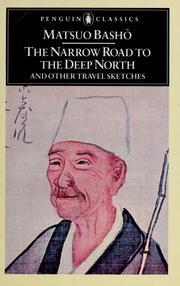
Bashō, a Japanese poet of the 17th century, penned his foot journey throughout Japan in a series of poems that have remained influential in literary culture for centuries.
The Narrow Road to the Deep North, published posthumously in 1702, may not be as expressly “environmental activist” as works such as A Sand County Almanac, which criticizes ecological degradation, but its poems, balanced with prose, provide a delicate expression of the natural world and a deep sense of appreciation for undisturbed nature.
The poetic compilation takes the reader through a journey from Bashō’s departure from his household and into the wilderness, in between small towns and homes, and often accompanied by both friends and strangers. The Narrow Road to the Deep North acts as a portal back in time before man-made changes to the global environment.
It can be found in conjunction with other collections of Bashō’s poetry, which are similarly appreciative of nature.
A Sand County Almanac: And Sketches Here and There by Aldo Leopold
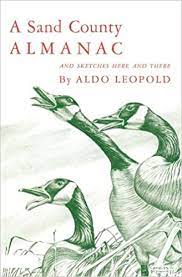
Authored by an early conservationist and a groundbreaking piece of literature for the contemporary environmental movement, Aldo Leopold’s A Sand County Almanac provides the modern environmentalist a basic foundation for ecological ethics.
The book, which is possibly one of the most well-known environmentalist works, features a collection of essays separated into two parts: a year-long reflection on the delicate beauty of Leopold’s farm and the daily lives of the nature surrounding it, and a philosophical exposition on ethics and the ecological conscience. The book includes a number of detailed illustrations of the creatures Leopold describes, providing thrilling and sentimental visuals to the narrative.
Leopold’s poetic reflections on the seasonal dance of birds, the dynamic presence of the gray wolf and overall appreciation of our relationship with nature leaves readers with feelings of fascination, romanticism and respect for the natural world.
Silent Spring by Rachel Carson
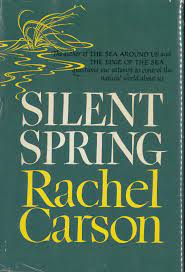
Silent Spring is an environmentalist classic, responsible for raising mass public awareness to the dangers of unsystematic use of pesticides
Published in 1962, Silent Spring’s influential call to action and resilience in the face of opposition inspires conservationists to persevere in the face of misinformation. The Earth Day history page cites Silent Spring as one of the early drivers of environmentalism, as it raised public awareness and concern for living organisms, the environment and how the environment affects our own public health.
The book’s concrete results in the regulation of pesticide use serves to embolden the modern reader with concern for the present and hope for the future.
The Sixth Extinction: An Unnatural History by Elizabeth Kolbert
A more recent edition to the environmentalist library, Elizabeth Kolbert’s The Sixth Extinction illustrates the reality of modern, man-made extinctions.
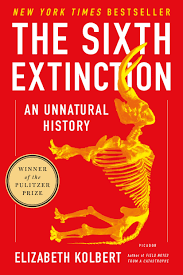
As humanity’s impact on the global environment grows exponentially, Kolbert shares insight into how we have entered a human-engineered mass extinction event. Kolbert gives readers the opportunity to learn about the long history of growth and decay in Earth’s history and reflect on how environmental degradation in the current era is driving species extinct before we even discover them.
Kolbert creates a balance between science and narrative, bridging the gap between an audience unfamiliar with environmental science and academic experience, allowing readers of all levels of environmental understanding to learn from her work.
The Sixth Extinction provides an eye-opening narrative raising awareness to the astounding number of extinctions occurring worldwide and stimulates a discussion on impact management and harm reduction.
Celebrating our Planet
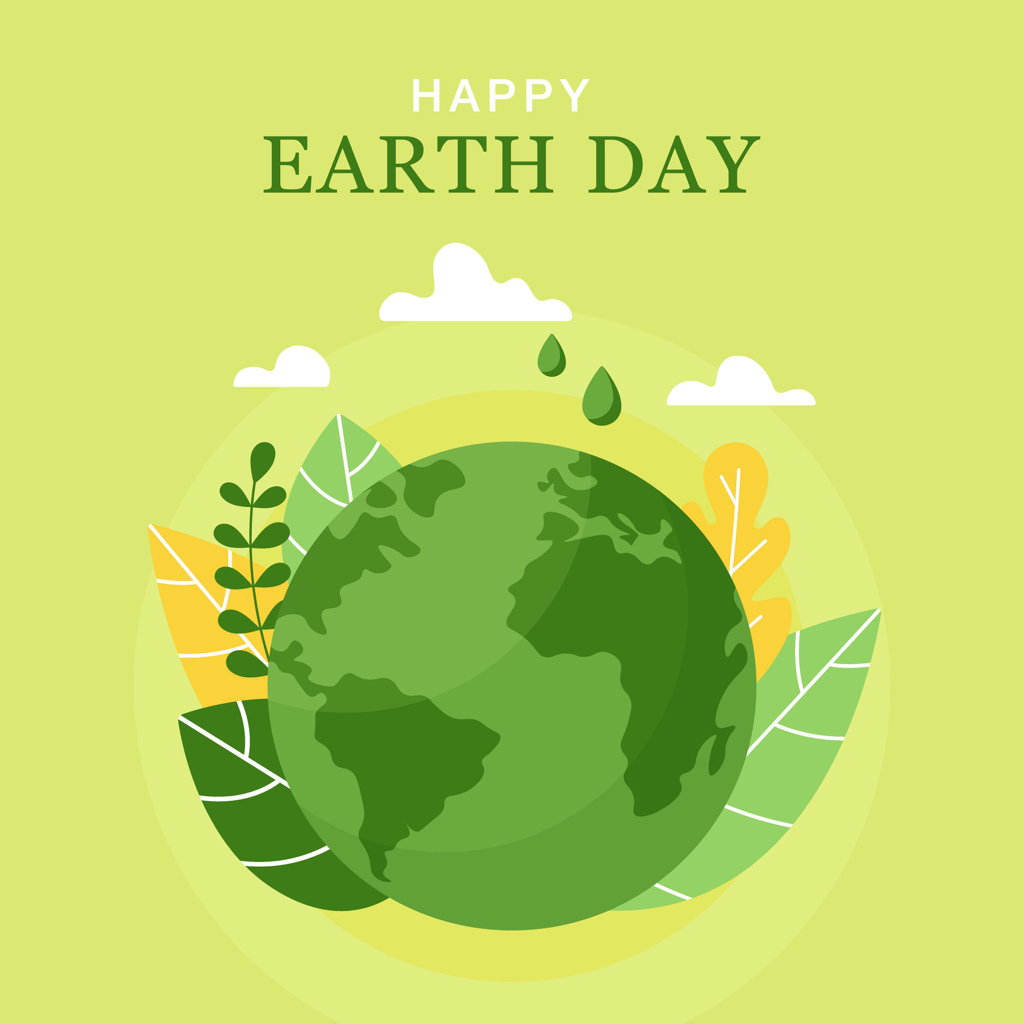
We hope this reading list adds context to the history of Earth Day and inspires you to reflect on the importance of our relationship with nature. To learn more about how optics can play a role in protecting our environment, visit the GEMM initiative website.
Have a favorite environmental book? Share through the comments or mention us on social media on Twitter, LinkedIn and Facebook!
